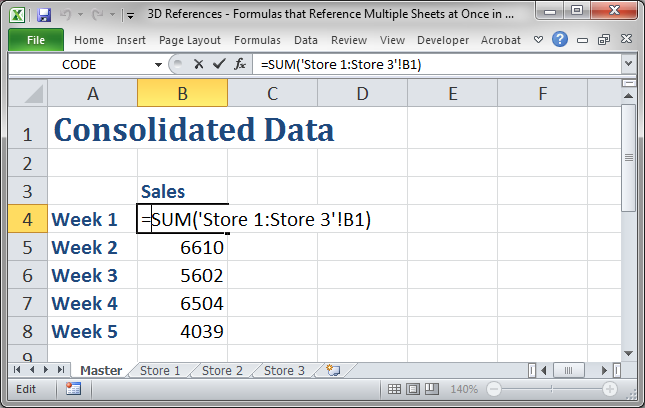Linking Excel Cells Between Sheets Easily

The power of Microsoft Excel lies in its flexibility, especially when it comes to managing complex data across multiple sheets. One of the key features that significantly enhances productivity is the ability to link cells between sheets. This function allows users to reference data from one sheet to another, ensuring that changes in one location automatically update elsewhere. This post will walk you through the various methods of linking cells, offering tips to streamline your workflow and ensure accuracy.
Understanding Cell Linking

Linking cells is essentially creating a dynamic reference from one cell to another within or across sheets. This functionality is crucial for:
- Maintaining consistency across reports.
- Reducing data entry errors.
- Streamlining updates when working with large datasets.
Methods of Linking Cells

Excel provides several ways to link cells, each suited for different scenarios:
1. Manual Entry
This method involves typing the formula to link cells:
- Select the cell where you want to display the linked data.
- Type ‘=’ followed by the sheet name, exclamation mark, and the cell reference (e.g.,
=Sheet2!A1).
🔍 Note: Be precise when entering sheet names; any misspelling or space issue will result in errors.
2. Click and Link
A more intuitive method:
- Type ‘=’ in the destination cell.
- Click on the sheet tab to switch sheets, then select the desired cell.
- Press Enter to link the cells.
3. Using Paste Link
Use this when copying data:
- Select and copy the cell(s) you want to link.
- Go to the destination cell and right-click.
- Choose ‘Paste Special’, then ‘Paste Link’.
Examples of Cell Linking

Let's explore some practical examples:
Scenario 1: Summarizing Data from Multiple Sheets
Imagine you have monthly sales data on separate sheets. You can link these to a summary sheet like this:
- In the summary sheet, go to the cell where you want to display January’s total sales.
- Type:
=Jan!B2, where ‘Jan’ is the sheet name for January and B2 is where the total sales figure is located.
Scenario 2: Creating a Dashboard
Link cells to pull real-time data into a dashboard:
- In the dashboard sheet, select a cell for display.
- Link to the appropriate cell in any other sheet to ensure your dashboard reflects current data.
Scenario 3: Conditional Formatting Based on Linked Cells
You can use linked cells to set conditions:
- Link the dashboard cell to another sheet’s cell that triggers a conditional formatting rule, such as highlighting a dashboard cell when a sales target is met.
Advanced Techniques

3D References
When dealing with the same range of cells in multiple sheets, you can use 3D references:
- To sum all January sales in cells B2 from sheets ‘Jan’, ‘Feb’, and ‘Mar’, you’d type:
=SUM(Jan:Mar!B2).
Named Ranges
Linking cells can be made easier with named ranges:
- Define a name for a cell or range, then use this name in any formula to reference it anywhere in the workbook.
Error Handling in Linked Cells
Errors can occur when linking cells if data changes or sheets are renamed:
- Use the
IFERRORfunction to handle potential errors gracefully (e.g.,=IFERROR(Sheet2!A1, “Data Unavailable”)).
Linking cells between sheets in Excel is a versatile tool for enhancing productivity and data integrity. Here are some key points to remember:
- Accuracy: By ensuring data consistency, linking cells reduces the chance of errors.
- Efficiency: Automatic updates save time and minimize manual updates.
- Scalability: Techniques like 3D references and named ranges allow for easier management of large datasets.
How do I update links when a sheet is renamed?

+
If you rename a sheet, Excel should automatically update all references. However, manually check to ensure all links are correct, as sometimes manual intervention might be necessary.
Can I link cells to an external workbook?

+
Yes, you can link to cells in another workbook by using the file path in your formula (e.g., =‘[ExternalWorkbook.xlsx]Sheet1’!A1).
What happens if the linked cell doesn’t exist?

+
If you link to a cell that doesn’t exist or if the sheet is removed, Excel will show an error in the linked cell. Using error handling functions like IFERROR can provide a smoother experience for the end user.
Is there a limit to how many links I can create in Excel?

+
There isn’t a set limit on the number of links you can create in Excel, but having too many links can significantly slow down the workbook, especially with complex calculations or external links.
How can I break a link between sheets?

+
To break a link, you can edit the formula manually to remove the reference or use the ‘Edit Links’ feature found under the ‘Data’ tab to break or change links.